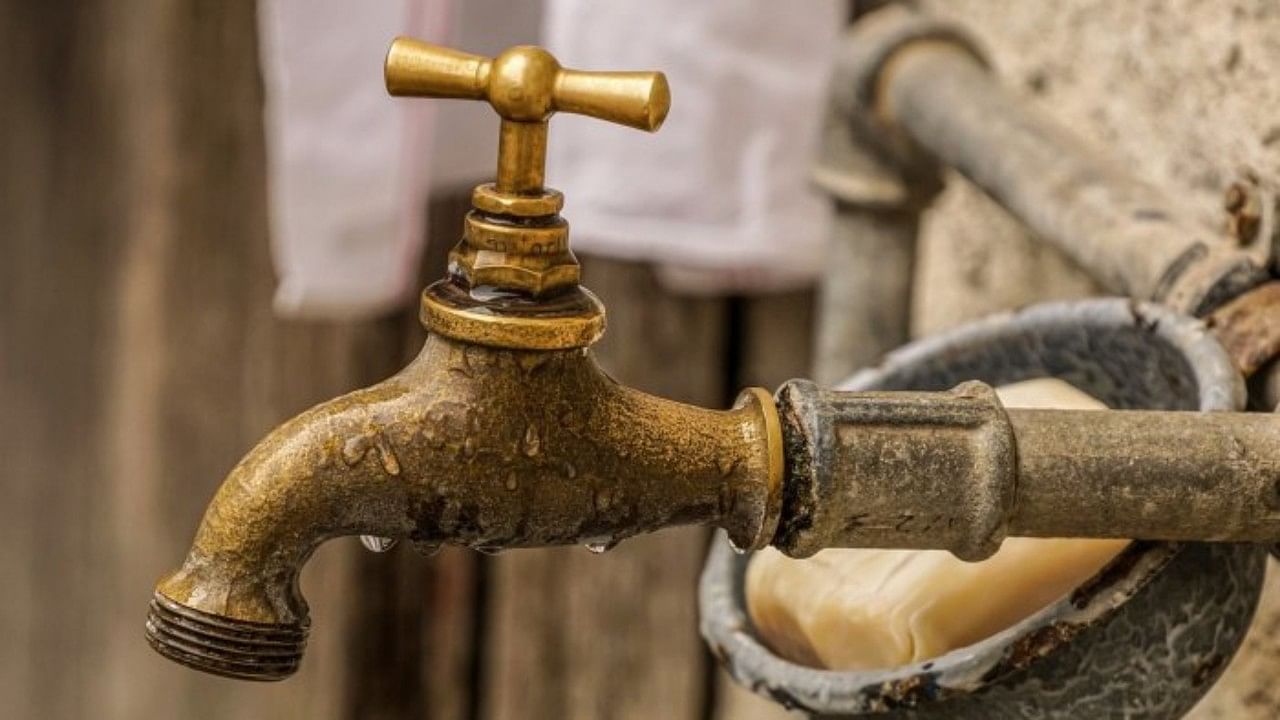
Water is a precious, life-supporting resource. However, if water is not managed responsibly, it can threaten lives, livelihoods and even civilizations as is evident in history. Droughts and floods disrupting human lives are well-recorded. Adequate quantity, potable quality and at sufficient altitude are very important in water management.
Bengaluru, a city in the Deccan Plateau situated at a height of over 900 metres MSL, drains into 3 main valleys: Vrishabhavathi, Hebbal and Koramangala–Challaghatta valleys.
Vrishabhavathi and Koramangala-Challaghatta account for 40% each and Hebbal accounts for the remaining 20% of water that drains in the city. Bengaluru is blessed with an elaborate network of more than 100 lakes and major rivers like Arkavathi, Vrishabhavathi are an important link in Bengaluru urban water ecosystem.
As much as 1,450 MLD of potable water is pumped from Cauvery and 450 MLD groundwater is extracted every day to quench the thirst of millions and support diverse livelihoods in this thriving metropolitan city. The minute after its usage, precious potable water becomes sewage. Every day, 1,440 MLD of sewage is generated in Bengaluru and untreated sewage enters the water ecosystem, adversely polluting water bodies, affecting lives, and all other life forms.
The unprecedented danger to modern-day life is the pollution of water bodies.
Lake and river pollution dominate news items these days. Regulatory bodies and urban water supply agencies regularly monitor the water quality parameters like BOD, COD, DO, TDS etc., and the results indicate these water bodies either belong to Class-D or Class-C, where without conventional treatment and disinfection the water is not safe for human usage.
Wastewater treatment to remove contaminants from sewage to produce treated water suitable for being discharged into the environment or for intended reuse application, thereby preventing water pollution, is an established process. Various sewage treatment technologies like Activated Sludge Process (ASP), Moving Bed Biofilm Reactor (MBBR), Sequential Batch Reactor (SBR) are available to treat sewage.
Sewage management scenario at present in Bengaluru is as follows: 576 MLD of sewage is generated in the K&C valley, 576 MLD sewage in the Vrishabhavathi valley and 288 MLD in the Hebbal valley.
The BWSSB has an elaborate network of sewerage system to collect and treat sewage. Eighteen STPs treat 622 MLD of sewage in the K&C valley, 11 STPs treat 384 MLD in the Vrishabhavathi valley and 7 STPs treat 178 MLD in the Hebbal valley. A total of 1,185 MLD of sewage is treated out of 1,440 MLD that is generated every day.
Providing potable water to rapidly growing cities is a major challenge. Governments will do anything and everything to quench the thirst of an increasing population.
Considering Bengaluru’s elevated altitude, enormous energy and money is spent to lift water from Cauvery to make it available for the city. Several projects have been conceptualised to provide water to neighbouring arid districts like Kolar, Tumakuru, Chitradurga among others.
One project proposes to lift 24 TMC water, transport it across 274 kilometres to provide water to districts around Bengaluru at a cost of 13,000 crore. One more project aims at supplying 4.75 TMC water at a cost of Rs 9,000 crore. Governments leave no stone unturned to supply potable water to its citizens, even in the face of stiff opposition from conservationists.
Water tankers criss-crossing the city to provide/supplement water to residential apartments, commercial complexes are a well-known fact of life. Water in Bengaluru is a highly traded commodity. Tanker water is transacted at Rs 0.25/litre, while the BWSSB is selling treated water from Hebbal STP to BIAL at Rs 0.5 to 0.75/litre.
Treated water has a wide variety of uses in maintaining urban parks, avenue plantations, raising forest and horticultural nurseries, suppression of road dust, construction activities, fire and emergency services, processing plants of industrial areas among others apart from irrigating agricultural lands and filling lakes to recharge groundwater. As much as 637 MLD of treated water is being utilised to fill lakes and water bodies of Kolar and Chikkaballapur, a development that has brought smiles to many faces. There is a huge potential to treat sewage and utilise treated water for secondary purposes.
Around Rs 2.0 to 2.5 crore is required to set up 1.0 MLD tertiary treatment plant, where treated water can achieve potable water-quality standard. Therefore, Rs 2,000 to 2,500 crore investment is required to set up a 1,000 MLD tertiary treatment plant. The best part of the initiative is with the investment and a comprehensive plan to utilise treated water, one can provide 13 TMC of water at 920 MSL altitude, which can be naturally supplied to Bengaluru and all surrounding districts by gravity, as Bengaluru is the overhead tank of Karnataka.
Utilisation of treated water not only benefits sewerage boards with hundreds of crores of revenues, but also silences critics questioning the effectiveness of treatment and operationalisation of STPs in the public domain. Abatement of lake pollution, Arkavathi and Vrishabhavathi river pollution are the additional benefits that can be derived from the project.
The availability of water at an altitude of 920 MSL is an opportunity. Efforts to strengthen sewage treatment systems by budgetary provisions or by inviting private players must be explored.
The private sector can establish/operate STPs and recover costs by selling treated water to consumers, strengthen operationalisation of STPs by improving UGD network, attend to the missing links and divert sewage to STPs; supply excess treated water from decentralised private STPS to nearby secondary usage requirements through tankers and supply treated water from large STPs to lakes around Bengaluru/bulk industrial areas.
This will help to efficiently manage water as well address ever-growing water bodies’ pollution problem in the city.
(The writer is Member Secretary, Karnataka State Pollution Control Board.)